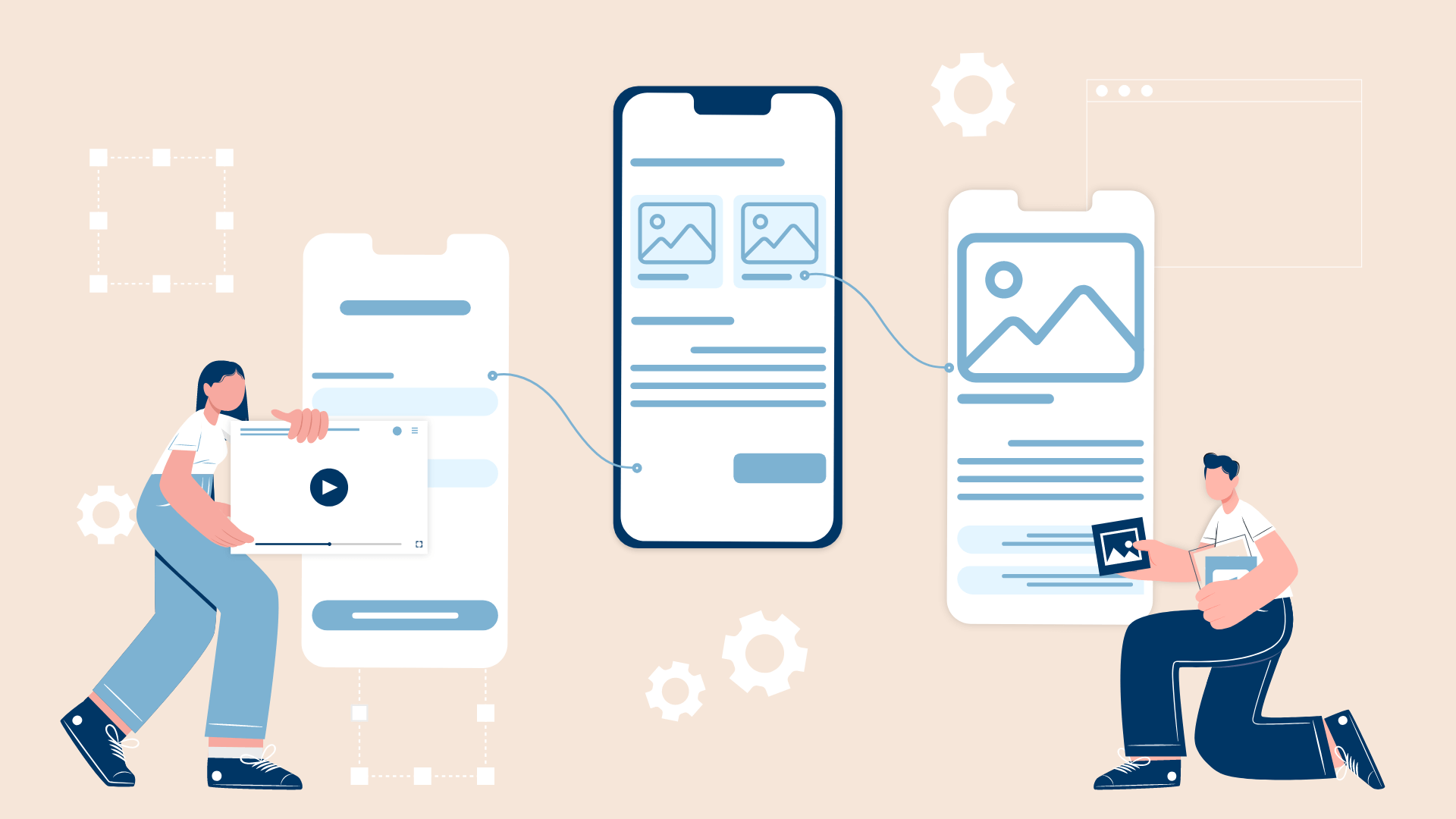The Lifecycle of AIGC Innovation: 8 Steps of Development and Deployment
How to put AIGC Innovation into practice? The journey from conception to deployment of AI-generated content (AIGC) applications or systems is a complex process that involves multiple stages of development, testing, and refinement. This article provides an overview of the development and deployment pipeline, highlighting the intricate steps that lead to the successful integration of AIGC innovation in real-world applications.
Stage 1: Ideation and Conceptualization
Understanding Needs and Objectives
The inception of any AIGC innovation application or system begins with a clear understanding of the end goal. Developers must identify the specific needs that the AI is expected to meet, whether it’s generating news articles, creating music, drafting legal documents, or aiding in scientific research.
Feasibility Analysis
Once the objectives are set, a feasibility study is conducted to assess whether AI is the right tool for the job and to determine the potential risks and rewards of the project.
Stage 2: Data Acquisition and Preparation
Data Collection
The foundation of any AIGC innovation model is data. Developers collect vast amounts of data that the AI algorithms will use to learn and understand the patterns necessary for content generation. This data must be representative, unbiased, and as comprehensive as possible.
Data Cleaning and Annotation
Raw data often contains errors, inconsistencies, or irrelevant information. Data scientists then clean and structure the data, sometimes annotating it to provide the AI with context and improve learning outcomes.
Stage 3: Model Design and Development
Algorithm Selection
Choosing the right algorithm is critical. For AIGC, neural networks, especially those using deep learning techniques like recurrent neural networks (RNNs) or transformers, are often utilized for their ability to process sequences of data, such as sentences in a text.
Prototyping
Initial models are developed to test the algorithms. These prototypes help in understanding the model’s effectiveness and guide further adjustments.
Stage 4: Training and Validation
Model Training
The selected AI model is trained using the prepared datasets. This involves feeding the data into the model and allowing it to learn from the patterns and examples provided.
Validation
Concurrently, the model is validated using a separate set of data to prevent overfitting, ensuring that the AI can generalize its knowledge to new, unseen data.
Stage 5: Testing and Evaluation
Quality Assurance
Thorough testing is conducted to assess the AI’s performance. This includes checking for accuracy, creativity, relevance, and any potential biases in the content generated.
User Testing
Incorporating feedback from real users is a vital step. Beta testing helps in gauging the user experience and the usability of the AI-generated content in practical scenarios.
Stage 6: Deployment and Integration
Deployment
After rigorous testing, the AI model is deployed into the target environment. This could be a cloud-based platform, an API, or directly into an application or device.
Integration
The AI system is integrated with existing systems and workflows. This step requires careful planning to ensure compatibility and minimal disruption.
Stage 7: Monitoring and Maintenance
Continuous Monitoring
AI systems are continuously monitored to ensure they function as intended and to swiftly identify any issues, such as a decline in content quality or the emergence of biases.
Updates and Maintenance
AI models require regular maintenance and updates. This includes retraining the model with new data, tweaking algorithms, and adapting to feedback and changing requirements.
Stage 8: Evolution and Scaling
Adaptation
As user needs evolve and new data becomes available, the AIGC system must adapt. This could mean expanding the scope of content generation or improving the sophistication of the AI.
Scaling
Successful AIGC systems are scaled to handle increased demand and to expand their capabilities, sometimes leading to the development of new features or applications.
Ethical Considerations and Compliance
Throughout the development and deployment process, ethical considerations and regulatory compliance are paramount. Developers must ensure that the AI respects privacy, avoids biases, and operates transparently.
Conclusion
The development and deployment of AIGC are dynamic and iterative processes that require a blend of technical expertise, creative vision, and a commitment to ethical standards. As AIGC technologies mature, they promise to unlock new frontiers of possibility, automating complex tasks and enhancing human capabilities. The key to successful deployment lies in meticulous development, careful oversight, and an ongoing commitment to improvement, ensuring that AIGC systems remain robust, effective, and aligned with societal values.
